Nikon 28 24 70 Vr Vs Sigma 2470 Art
Nikon 24-120mm f/4G VR vs Nikon 28-300mm f/3.five-five.6G VR
Let's take a look at how both lenses perform at 28mm:
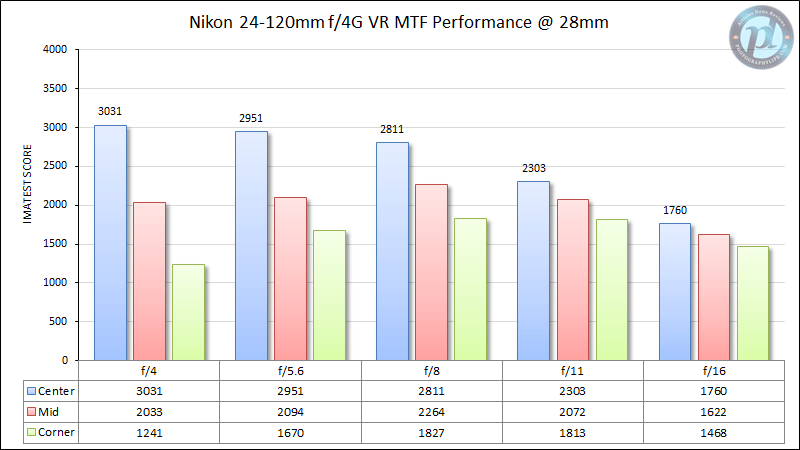
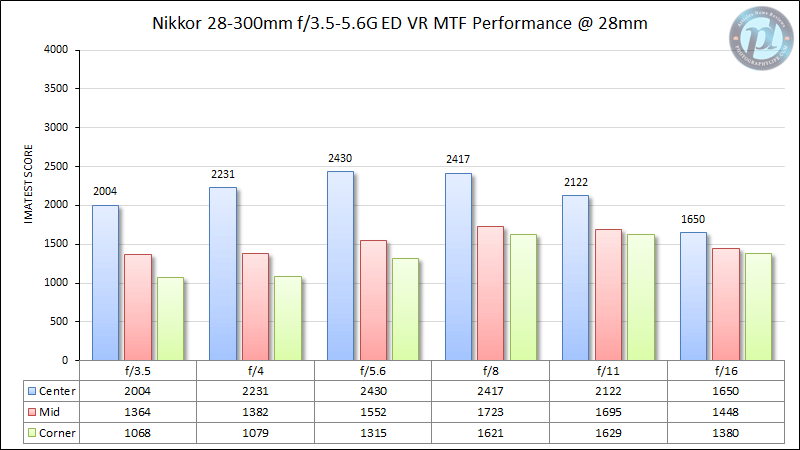
Although the 28-300mm f/3.v-v.6G VR has a larger maximum aperture of f/three.5, its performance is not fifty-fifty comparable at its widest aperture. In fact, even stopped downwards to f/8.0, the 28-300mm VR cannot resolve every bit much detail in the center as the 24-120mm f/4G VR does broad open.
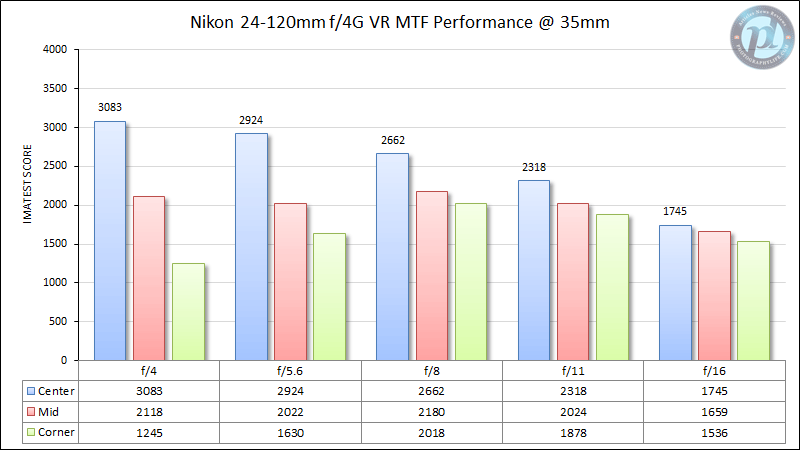
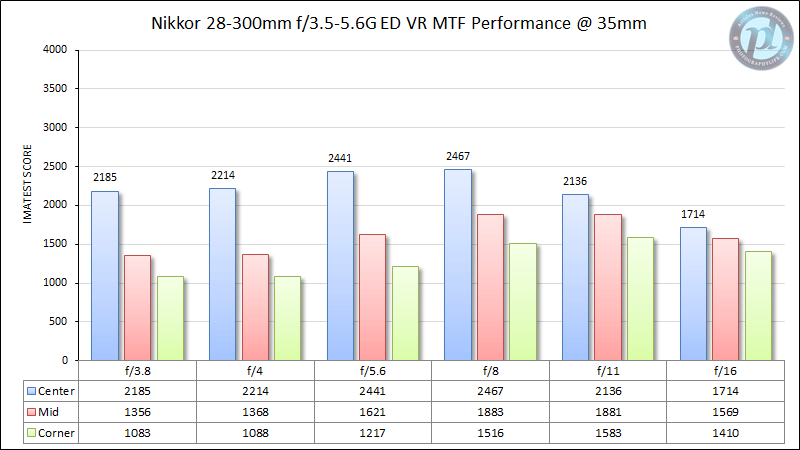
When zoomed in to 35mm, the 28-300mm VR gets a lilliputian amend, but it is still nowhere close to what the 24-120mm VR can resolve throughout the frame.
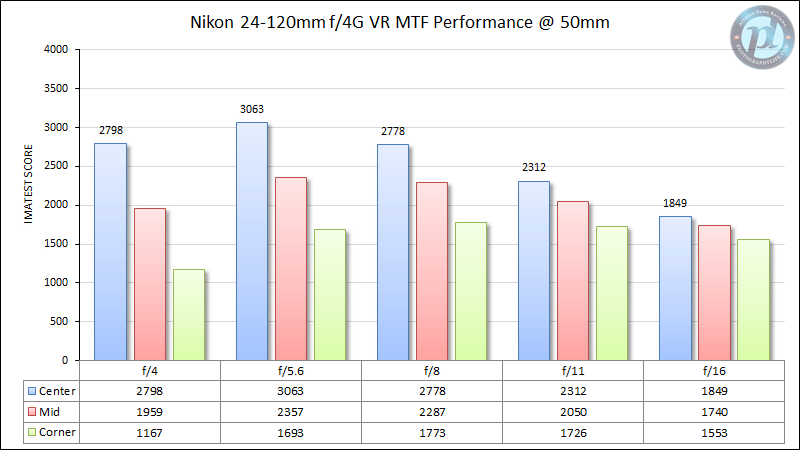
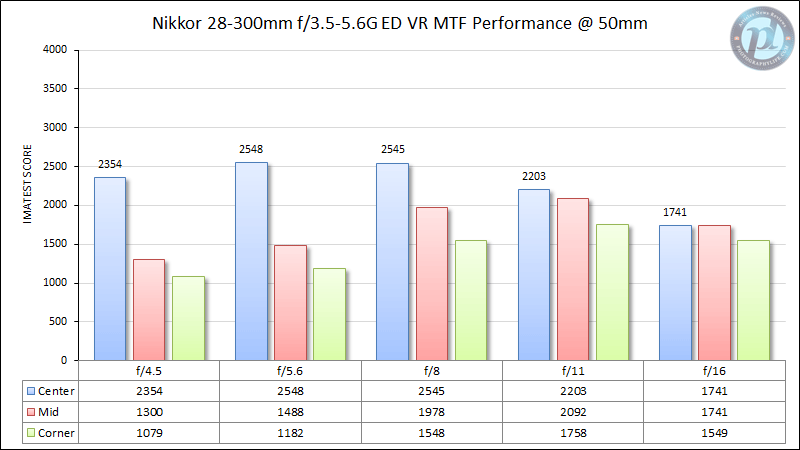
When both lenses are zoomed in to 50mm, performance differences get smaller, just all the same not enough for the 28-300mm to lucifer the 24-120mm.
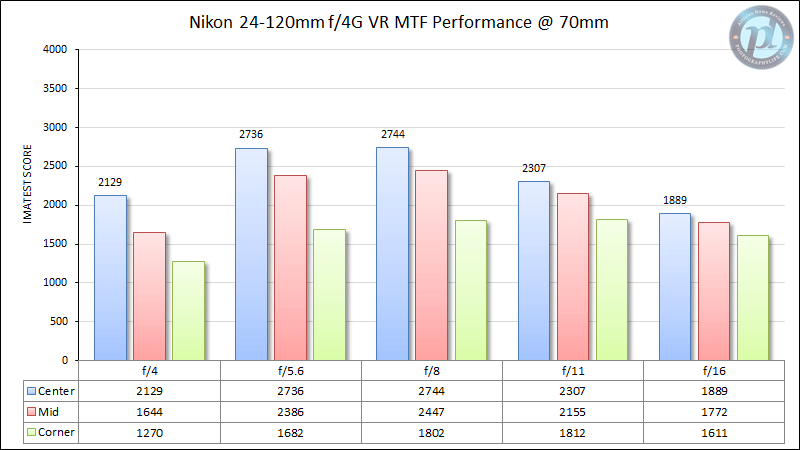
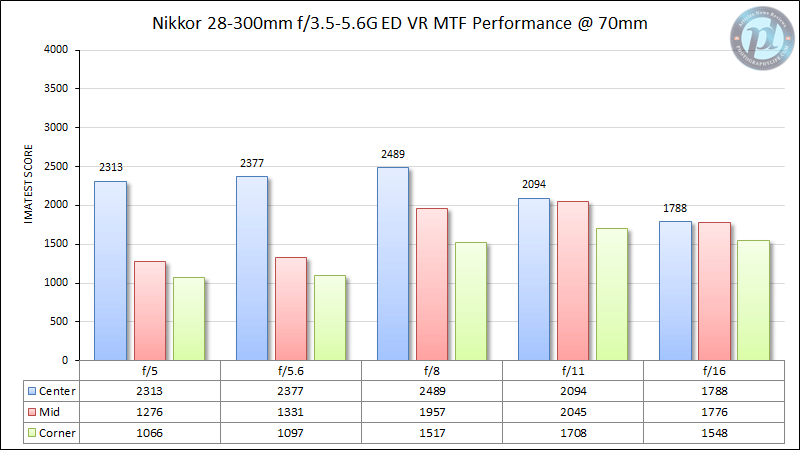
The 24-120mm gets worse at 70mm, especially wide open, but non every bit bad as where the 28-300mm is when stopped down to f/5.vi-f/viii range.
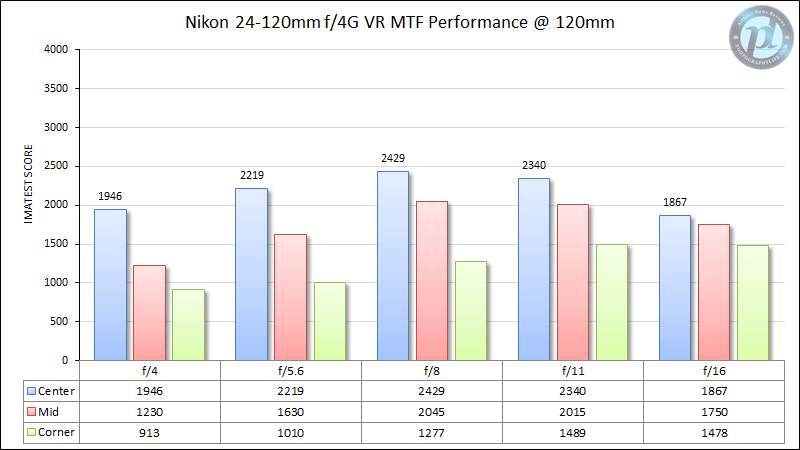
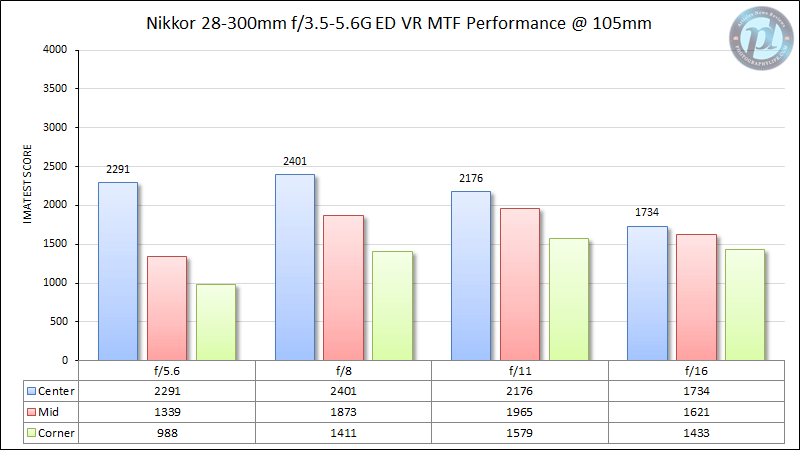
And lastly, when looking at the performance of the lenses 120mm and 105mm, we can see that the 28-300mm VR outperforms the 24-120mm in the center. When stopped down to f/eight, the 28-300mm VR again edges out the 24-120mm VR in the centre and in the corners.
As you can see, aside from the longest focal length of 120mm, the divergence in operation betwixt the two lenses is quite clear. Non merely is the Nikon 28-300mm worse in the middle, mid-frame, and corner sharpness, but it is as well well-nigh slower at the longer focal lengths in terms of maximum aperture. Broad-open at f/iv, the Nikon 24-120mm often beats the Nikon 28-300mm at f/v.6. And this is with a very good copy of the 28-300mm that i of our readers was kind enough to send me for testing!

The above test results are what I was expecting and in that location is null surprising about my findings. In fact, my test results are pretty much on par with the MTF charts provided past Nikon:
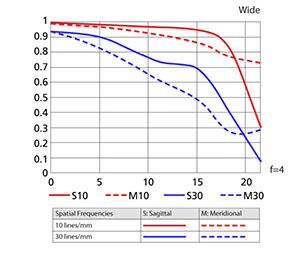
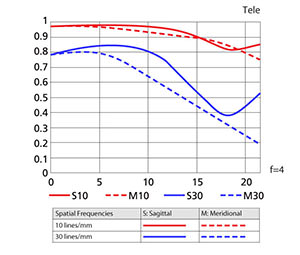
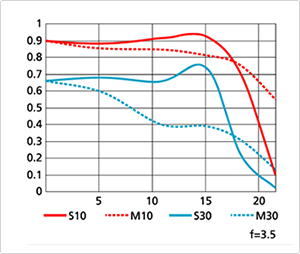
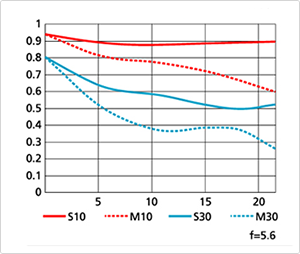
Equally my tests accept confirmed, the overall sharpness on the 24-120mm is visibly superior when compared to the 28-300mm.
Although the 24-120mm lens build and quality seems to exist on the same level equally the Nikon 28-300mm, hither are eight key differences that make the 24-120mm a better lens:
- Autofocus Speed – equally I accept pointed out before, the Nikon 24-120mm focuses much faster than the 28-300mm. Not only does it focus faster, but it also recovers from the loss of focus much quicker, where the 28-300mm but crawls.
- Autofocus Accuracy – non only is the Nikon 24-120mm faster, but it is also more accurate. My first sample of the 28-300mm had a hard time focusing at f/5.half dozen beyond 135mm and the 24-120mm always focuses dead-on, even in challenging light situations.
- 4mm deviation is huge – those 4mm of deviation (it is actually a piffling more than than that because the wider side of the 28-300mm is more like 30mm) are significant, specially for landscape and architectural photography. The Nikon 24-120mm has the maximum angle of view of 84°, while the 28-300mm is 74° – a whopping 10-degree difference.
- Nikon 24-120mm is coated with Nano Crystal Coat – after shooting with both the 28-300mm and the 24-120mm, I tin can tell you that in that location is certainly a difference between lenses that characteristic Nano Crystal Coat when compared to those that don't. Nano Crystal Coat not only reduces ghosting and flare, but it also has a positive issue on colors. I establish the 24-120mm to be much more pleasing to work with for nature and landscape photography equally a result.
- Sample variation – existence a consumer lens, the quality of eyes on the Nikon 28-300mm vary greatly from sample to sample. I take received many emails from photographers that complained virtually their 28-300mm sharpness and some of our readers even tried three different samples without much luck. The Nikon 24-120mm is made meliorate than the 28-300mm – I tested a number of dissimilar samples and they performed somewhat similarly with a minimal departure in performance. Not as good as the pro-level 24-70mm, but still better than consumer-grade lenses.
- Abiding maximum aperture vs variable aperture – as you have seen from the above tests, the Nikon 24-120mm has a clear reward over the Nikon 28-300mm at longer focal lengths, which can make a difference when shooting in low-low-cal conditions.
- Nikon 24-120mm is sharper – as I have demonstrated above.
- Nikon 24-120mm is a high-quality lens – there is a reason why Nikon put a gold ring around the front end of the 24-120mm and did non on the 28-300mm. The Nikon 28-300mm is considered to be a consumer lens, while the Nikon 24-120mm is considered to be an enthusiast-level lens.
Lastly, do you lot really think Nikon would take announced the 24-120mm together with the 28-300mm if their performance was the same? :)
Let's move on to a comparison with the Nikon 24-70mm f/2.8G.
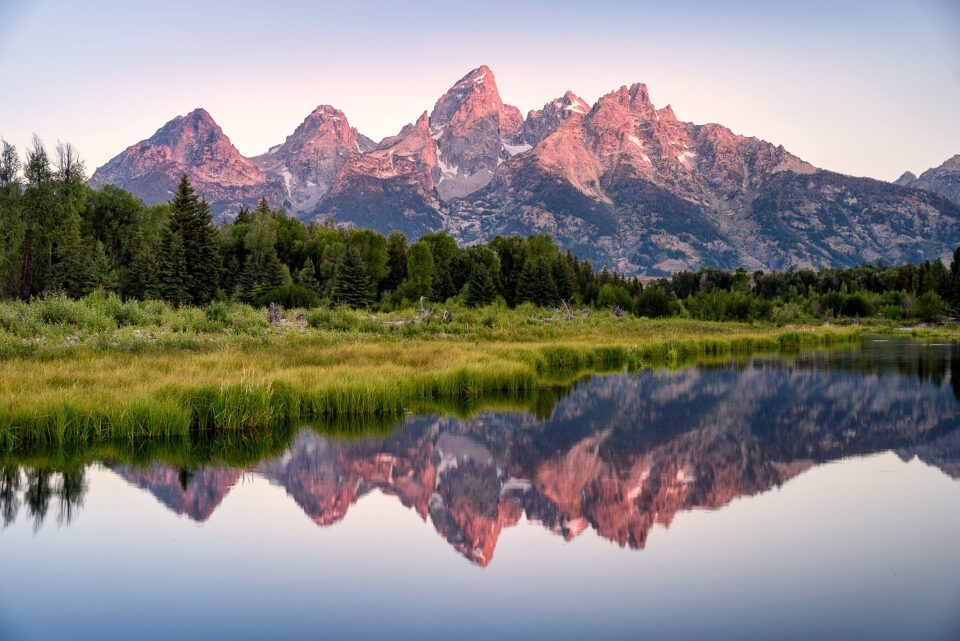
Nikon 24-120mm f/4G VR vs Nikon 24-70mm f/2.8G
This comparison is very important for those who are looking at both Nikon 24-70mm f/2.8G and Nikon 24-120mm f/4G VR to buy or want to supplant their 24-70mm with a smaller/lighter/more useful lens. Let's see how the lens compares against the Nikon 24-70mm f/2.8G in terms of sharpness at different focal lengths. Below is the comparison of the two lenses at 24mm:
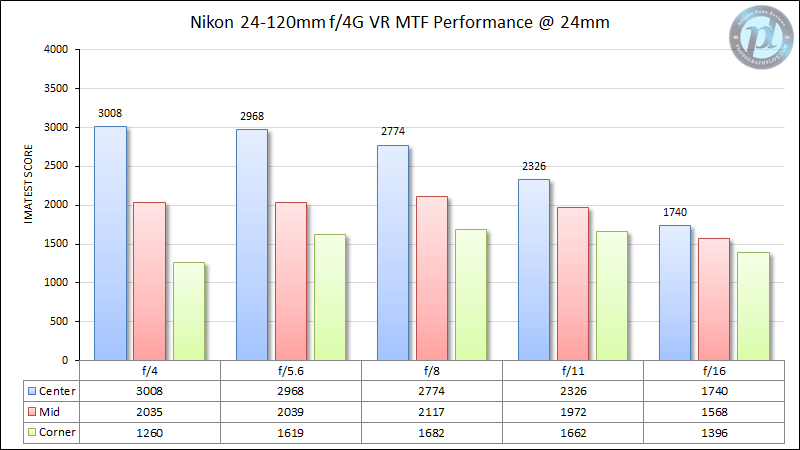
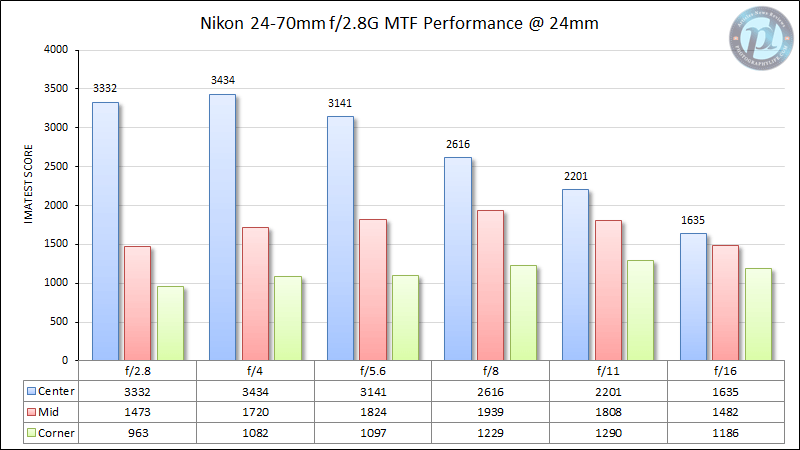
Surprisingly, the Nikon 24-120mm f/4G VR is a very abrupt lens wide open. As y'all tin come across, it is practically as sharp as the 24-70mm at f/four in the center and its mid-frame and corner functioning are quite good in comparing (thanks to much less field curvature). Both lenses practice very similarly when stopped down, although the 24-120mm f/4G VR is better in the corners.
Let's run across what happens every bit we zoom both lenses to 35mm:

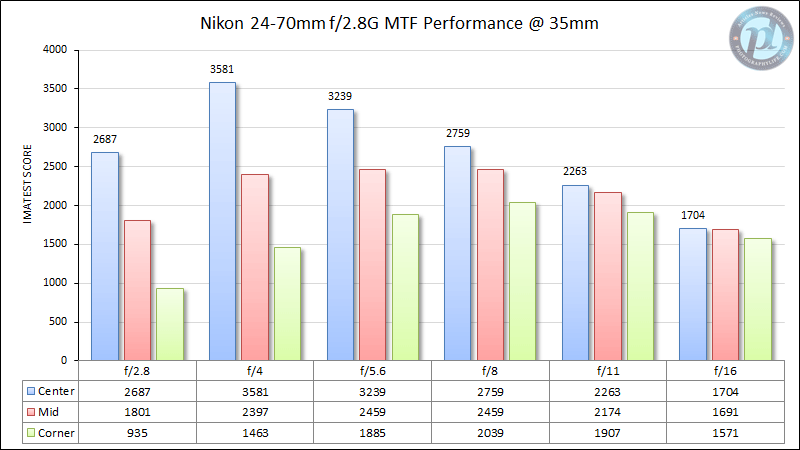
The 24-120mm f/4G VR starts out with better performance wide open up. However, once stopped down to f/4 and smaller, the 24-70mm f/2.8G takes off, especially in the center.
What about 50mm?

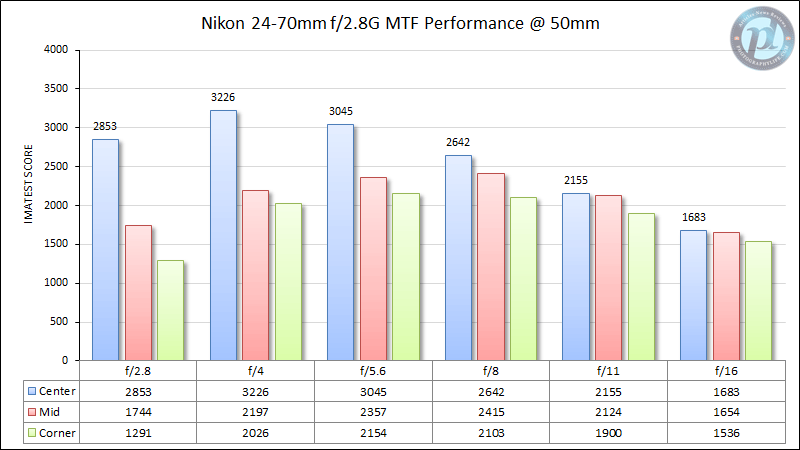
The lenses certainly get worse at 50mm optically, but the 24-120mm f/4G VR still shows pretty impressive functioning overall. Information technology starts out nigh the same broad open and in one case stopped down, shows slightly worse corners.

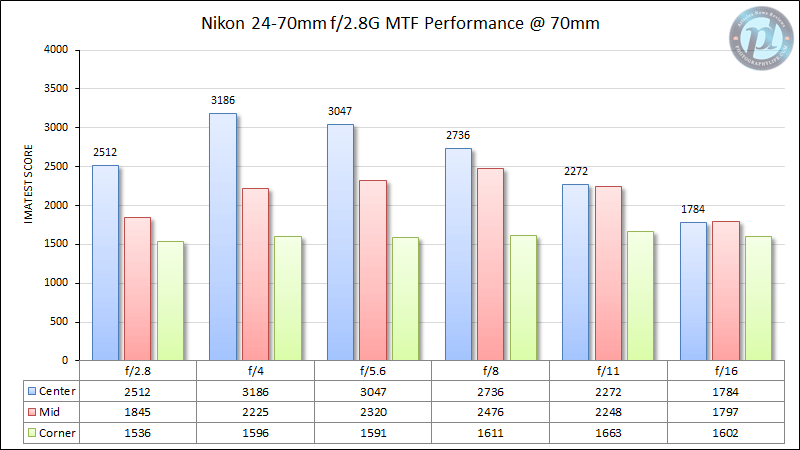
The 24-120mm f/4G VR is known to endure at longer focal lengths and it really shows hither. Zoomed in to 70mm, its centre performance takes a major striking at f/4. It certainly does get better when stopped down though – past f/5.6 information technology really reaches solid resolution levels, surpassing the 24-70mm in the mid-frame. Stopped downwards to f/8, the Nikon 24-1200mm f/4G VR outperforms its large brother in the corners.
Overall, despite its cheaper build and slower maximum aperture, the Nikon 24-120mm f/4G VR delivers very impressive results when compared to the Nikon 24-70mm f/two.8G. Being a newer lens, it was built to perform quite well with high-resolution cameras, which actually shows here.
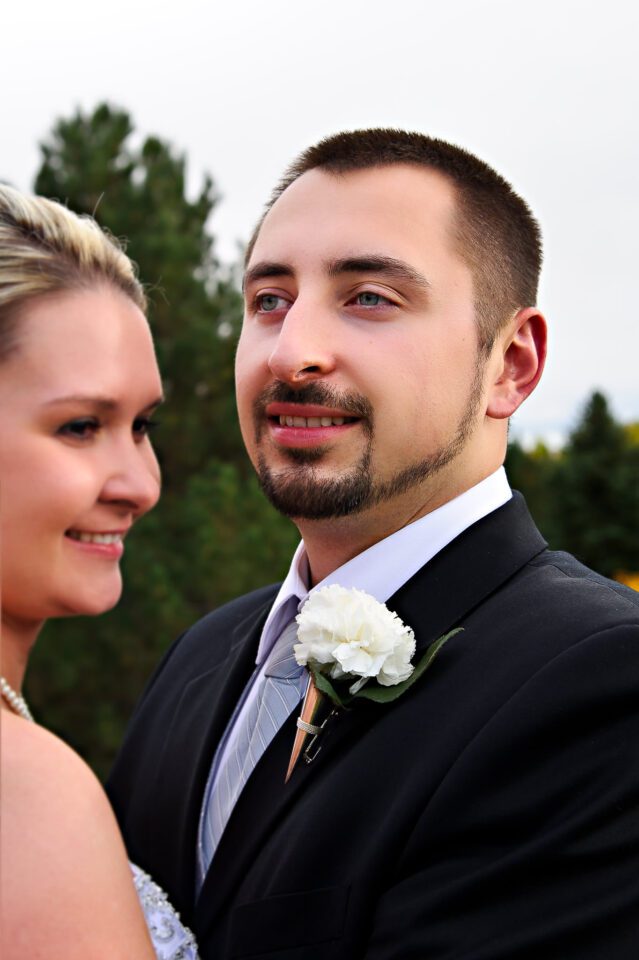
When information technology comes to other features, the Nikon 24-70mm has a full finish reward, but if you add together VR to the mix, I believe the Nikon 24-120mm actually has an advantage over the 24-70mm. One stop of light loss versus three to four stops of vibration reduction. Those 230 grams of difference between the 24-120mm and 24-70mm also make a difference for long and painful hikes, where every gram counts. The Nikon 24-70mm apparently focuses much faster, but then the focus speed is not that critical for most of the photography I would use this lens for.
If y'all shoot concerts, the Nikon 24-70mm might serve you improve, but for everything else, the AF speed on the 24-120mm is good enough. The Nikon 24-120mm has more baloney and vignetting than the 24-70mm though, which tin exist a scrap painful to deal with, especially at 24mm. The biggest divergence between the two lenses, where the Nikon 24-70mm has a big advantage, is structure – the Nikon 24-120mm is built well, but if you shoot in challenging atmospheric condition or travel a lot, you would be improve off with the 24-70mm that will survive pretty much whatever weather – the Nikon 24-70mm is built like a tank for all kinds of abuse. The Nikon 24-120mm just won't live that long if you don't take skillful intendance of it.

Nikon 24-120mm f/4G VR vs Sigma 24-105mm f/4 Art
Let's have a look at how the Nikon 24-120mm f/4G VR compares to the Sigma 24-105mm f/4 Art at different focal lengths. Hither are both lenses at 24mm:

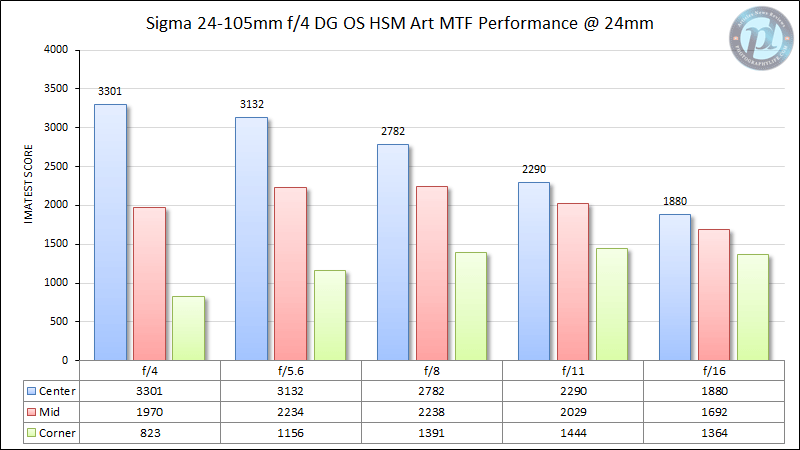
The Sigma 24-105mm f/4 Art is an incredibly sharp lens in the center of the frame. Every bit you can see, its performance wide open is very impressive and exceeds that of the Nikon 24-120mm f/4G VR. However, when information technology comes to corner performance, its quite poor in comparison to the 24-120mm at the shortest terminate, fifty-fifty when stopped down to f/8, due to its field curvature problems.


At 35mm, the Sigma 24-105mm f/4 Art takes a slight hitting in the center frame wide open, simply quickly recovers by f/5.vi. Its mid-frame functioning is very impressive, exceeding the 24-120mm f/4 quite a bit. However, we again see the same pattern of poor corner performance – the lens but does not resolve enough detail in the extreme corners when compared to the 24-120mm f/4G VR, even when stopped down all the way to f/eight.

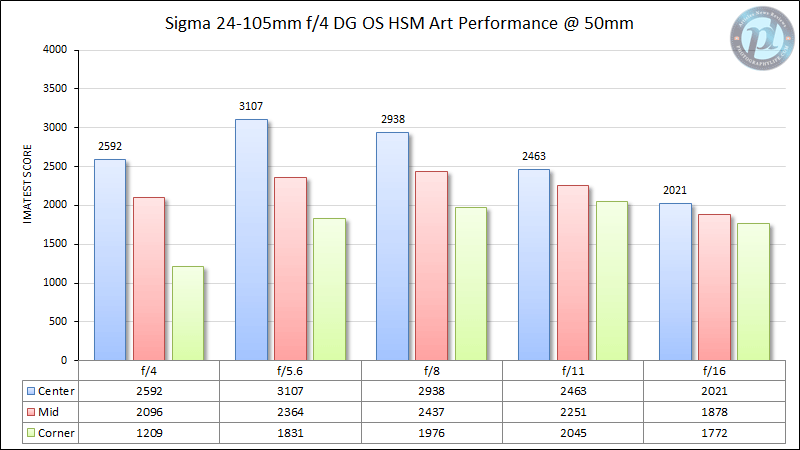
Every bit we zoom in towards 50mm, nosotros tin can see that the Sigma 24-105mm f/iv Art improves considerably – at present it starts out on par with the 24-120mm f/4G VR and one time stopped downwards to f/8, it even surpasses the 24-120mm in the extreme edges.

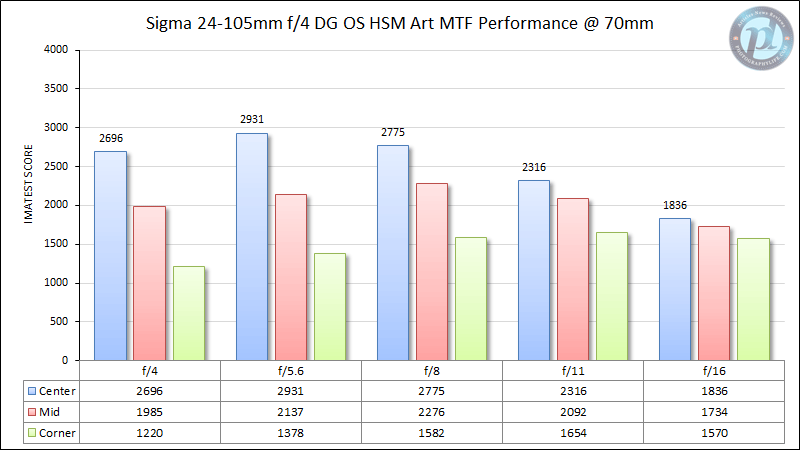
However, its dominance does not last very long. We can see that information technology starts out in the center sharper at 70mm, but once stopped downwardly to f/8, its corner operation again lacks compared to the 24-120mm f/4G VR.

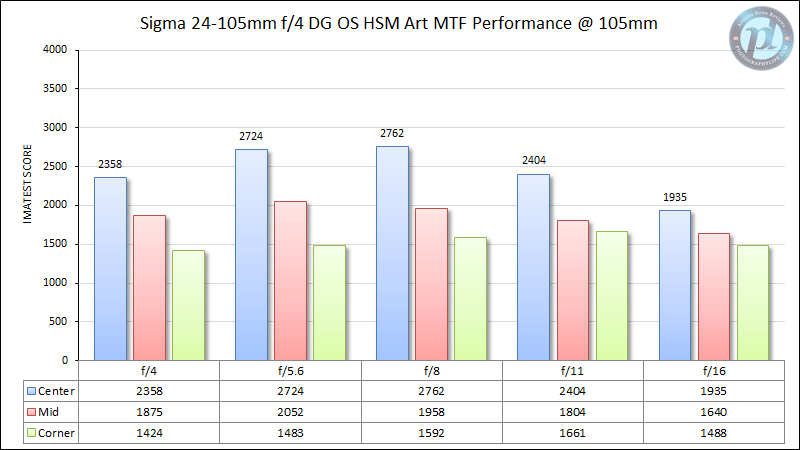
Lastly, with both lenses zoomed to their longest focal lengths, we can see that the Nikon 24-120mm f/4G VR takes a major operation hit, unable to provide enough center and corner resolution. The Sigma 24-105mm f/4 Art, in comparison, looks much better hither. It clearly has a improve overall performance when compared to the Nikon 24-120mm.
Overall, the Sigma 24-105mm f/4 Art looks like an impressive lens in terms of resolving ability, notwithstanding, its corner performance at shorter focal lengths is quite disappointing. When testing out the Sigma 24-105mm f/iv Art, I noticed quite a flake of field curvature on the lens, which certainly played its part in not being able to perform evenly across the frame (if I slightly defocused in the centre, I would get better corner figures). I observed the same behavior when shooting in the field – when the lens focused very well in the center, the corners would endure as a result. I tested two copies of the 24-105mm f/4 Fine art and both had exactly the same problem. I also received feedback from other users of the 24-105mm f/4 Art, who likewise experienced frustrating corner performance at wider focal lengths, and so the effect does non seem to be isolated to my lens samples.

Lastly, the Sigma 24-105mm f/4 Art has one very annoying problem that I could not discover a way to resolve – information technology seems that it is impossible to completely turn off optical image stabilization on the lens. Fifty-fifty with the Os switch set up to "Off", as soon equally I would turn my camera on, the framing would slightly alter on my Nikon D810. Turning the camera off would put the frame where it should be once more. This was very annoying to deal with in the field, especially when I tried to compare the 24-105mm f/four Art with the 24-120mm f/4G VR – I could never go both to have identical framing. I am not sure if this is a firmware issues or another problem, but I saw exactly the aforementioned issue on two separate samples of this lens.

Source: https://photographylife.com/reviews/nikon-24-120mm-f4g-vr/3
0 Response to "Nikon 28 24 70 Vr Vs Sigma 2470 Art"
Post a Comment